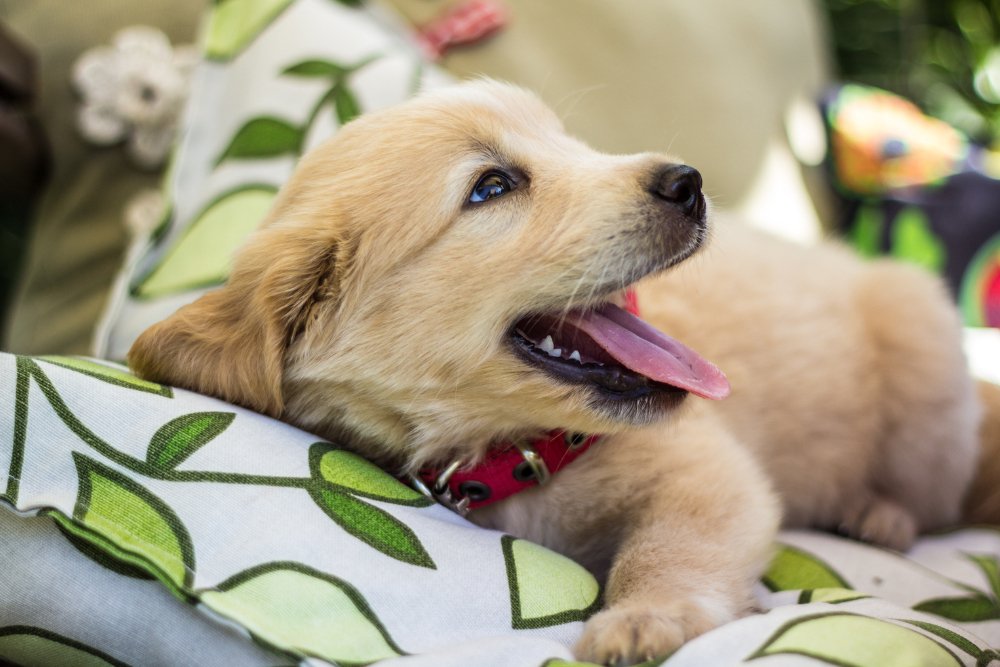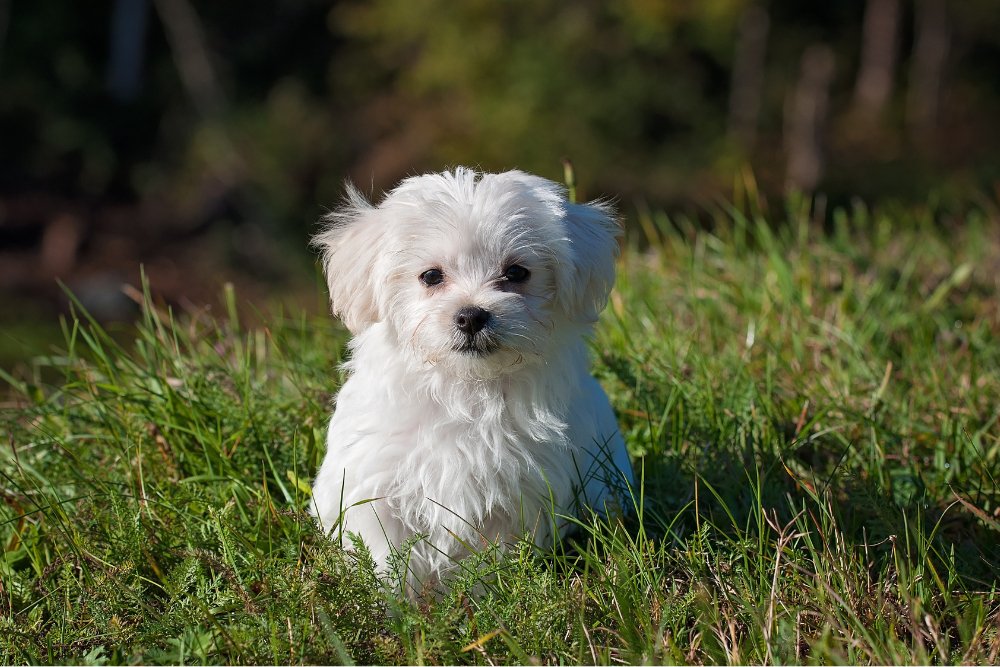In the vast world of pets, dogs are loved by people for their loyalty and lively character. When we walk in the streets and alleys, or browse various pet websites, it is not difficult to find an interesting phenomenon: the dog's coat color is so colorful, from pure black to pure white, from golden to gray-blue, each color seems to be the masterpiece of nature's careful deployment. So, what exactly is the reason for the diversity of dog coat colors? In this article, we will explore in depth from a variety of perspectives.
Genetic factors
First of all, the genetic factor is the basis of the diversity of dog coat color. Each dog's coat color is affected by the genes of its parents, and these genes will undergo a complex combination and expression process when they are passed on to their offspring. Even if two dogs with the same coat color are mated, their offspring may have different coat colors because coat color genes are not controlled singularly, but are the result of multiple genes working together. In addition, some coat color genes are recessive, and they may only become apparent after many generations, which further increases the complexity of coat color changes in dogs.
Breed characteristics
Different breeds of dogs often have unique coat color characteristics. For example, German Shepherds have a wide range of coat colors and patterns, including bicolor, sable, saddle and solid. These coat colors and pattern patterns are not only an important part of the German Shepherd's breed identity, but also an important factor in their ability to function in a variety of working environments. Similarly, Golden Retrievers are known for their blonde coats, a color that is not only aesthetically pleasing, but also functional, helping them maintain body heat and concealment in outdoor environments.
III. Environmental Factors
In addition to genetic factors and breed characteristics, environmental factors also have an impact on a dog's coat color. First of all, seasonal changes are one of the most important factors that lead to changes in dog coat color. In summer, due to the hot weather, the dog's hair will become relatively sparse and light-colored to better dissipate heat; while in winter, in order to maintain body temperature, the dog's hair will become more dense and dark-colored. Secondly, a dog's diet and health can also affect its coat color. Malnutrition or excessive salt intake may cause your dog's coat to become lighter in color or lose its luster. In addition, the dog's living environment, daily care and whether it receives sunlight regularly will also have a certain impact on the coat color.
Health and Disease
It is worth noting that changes in a dog's coat color are sometimes closely related to its health condition. For example, certain diseases or infections may cause the dog's hair to fall out or change color. Also, some medications or treatments may have side effects on your dog's coat color. Therefore, when abnormal changes in the color of the dog's coat are detected, owners should take their dogs to the doctor for examination in time so that potential health problems can be detected and treated in a timely manner.
V. Suggestions and Prospects
In view of the complexity and diversity of the diversity of dog coat color, we suggest that owners should not only pay attention to its appearance characteristics when choosing a pet, but also pay more attention to the comprehensive consideration of its breed characteristics, health status, and personal preferences and other factors. At the same time, in the daily maintenance process, owners should pay attention to the dog's dietary health, environmental hygiene and regular care and other aspects of the work to ensure that the dog can have a healthy, beautiful hair.
Looking ahead, with the continuous progress of science and technology and the increasing concern for pet health, we believe that we will have a deeper understanding of the reasons for the diversity of dog coat colors. At the same time, we also look forward to protecting and improving the quality of our dogs' coats through more scientific care methods and technical means, so that they can accompany us to spend more beautiful times.
In conclusion, the diversity of dog coat colors is one of the unique charms given to them by nature. By gaining a deeper understanding of the reasons and influencing factors behind it, we can better appreciate and care for these lovely living beings. Let's work together to create a healthier and happier environment for our dogs to grow up in!






Leave a comment
All comments are moderated before being published.
This site is protected by hCaptcha and the hCaptcha Privacy Policy and Terms of Service apply.